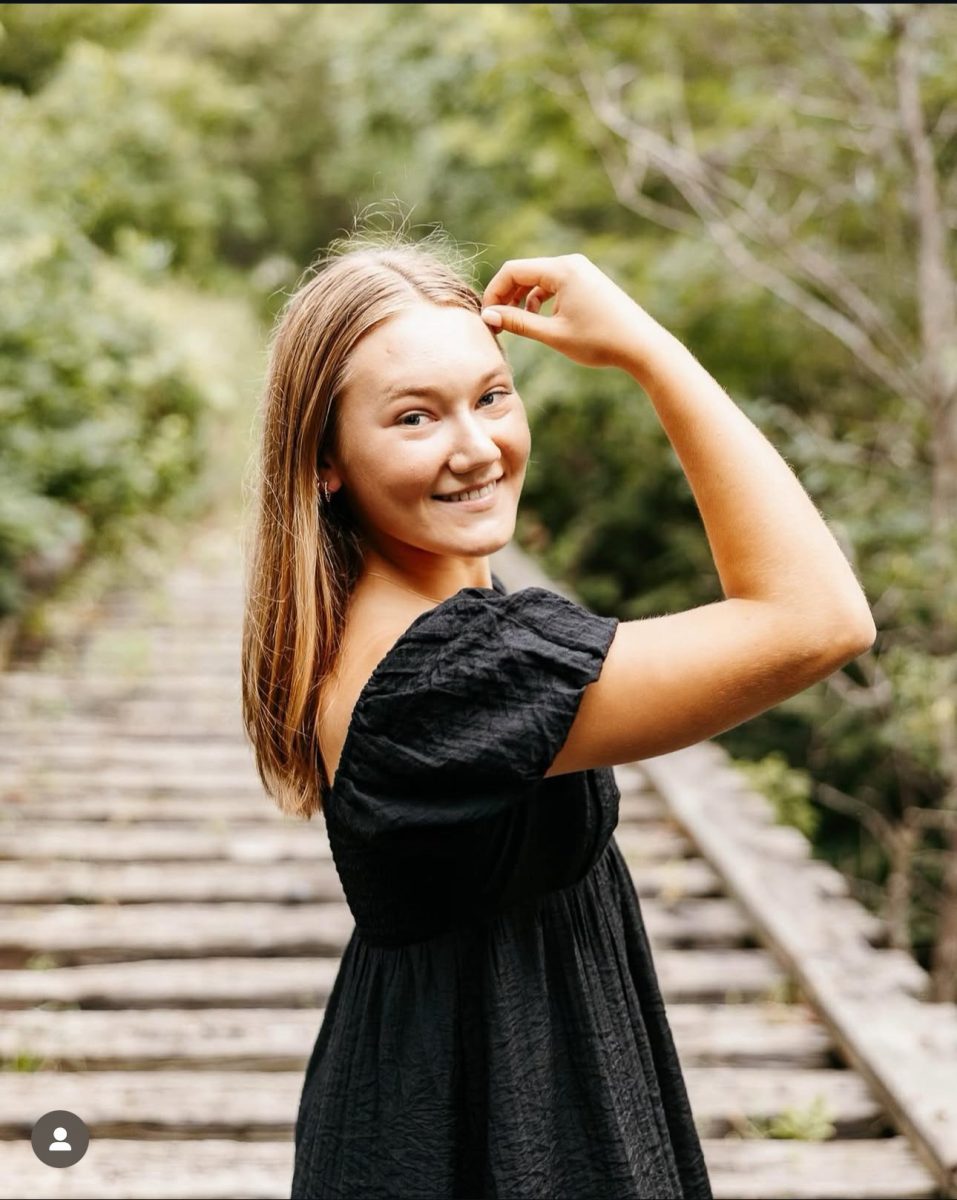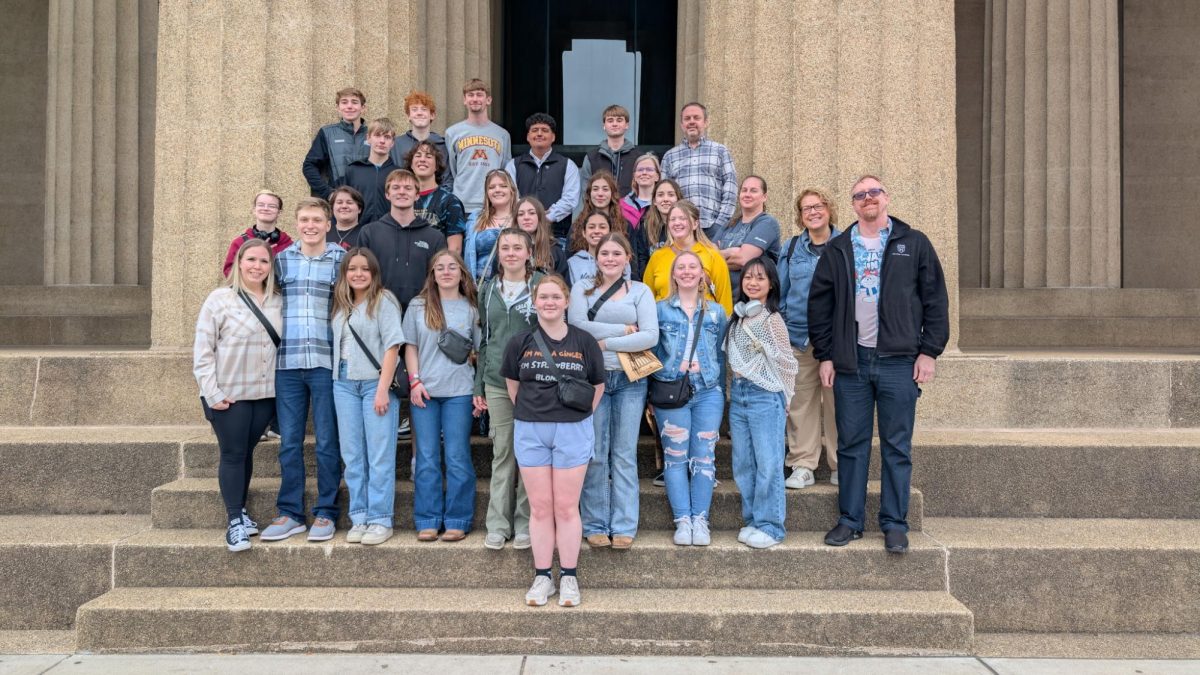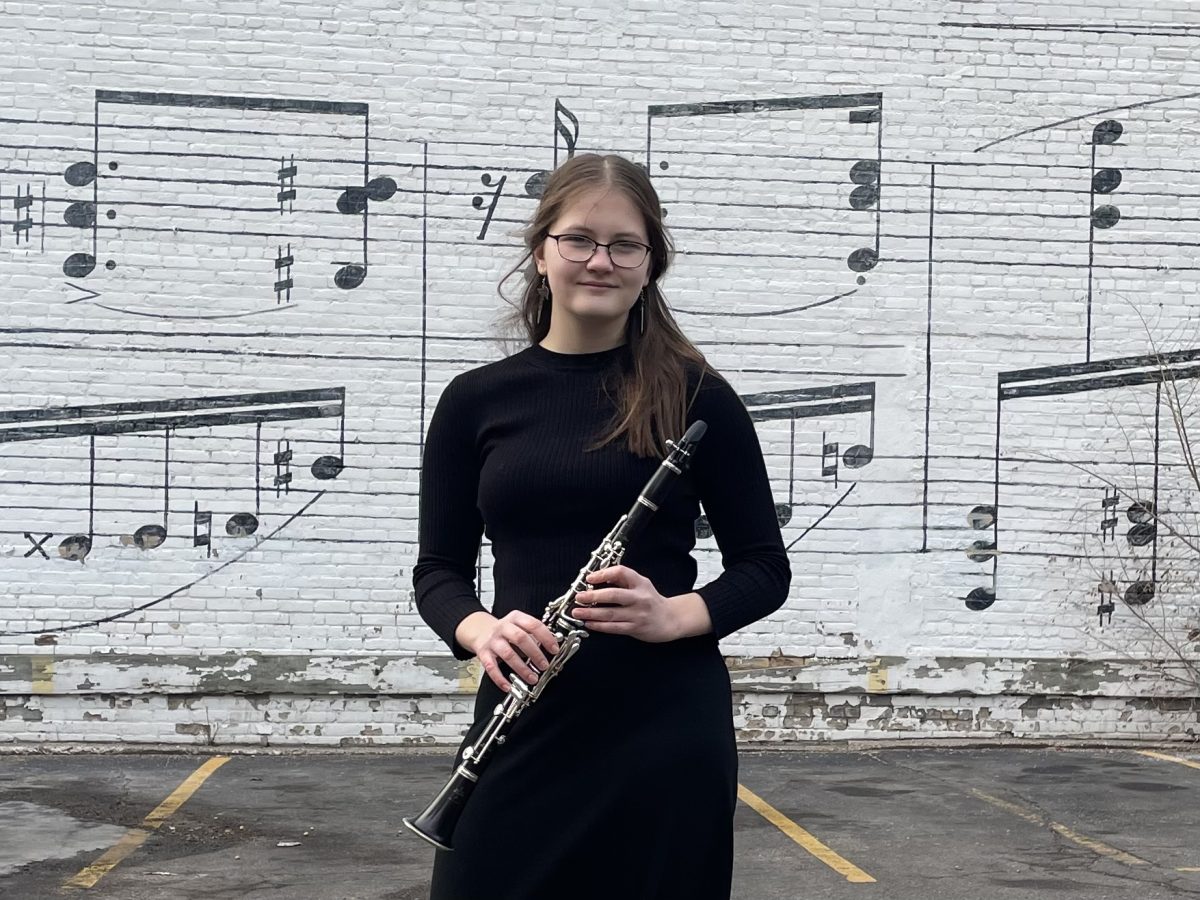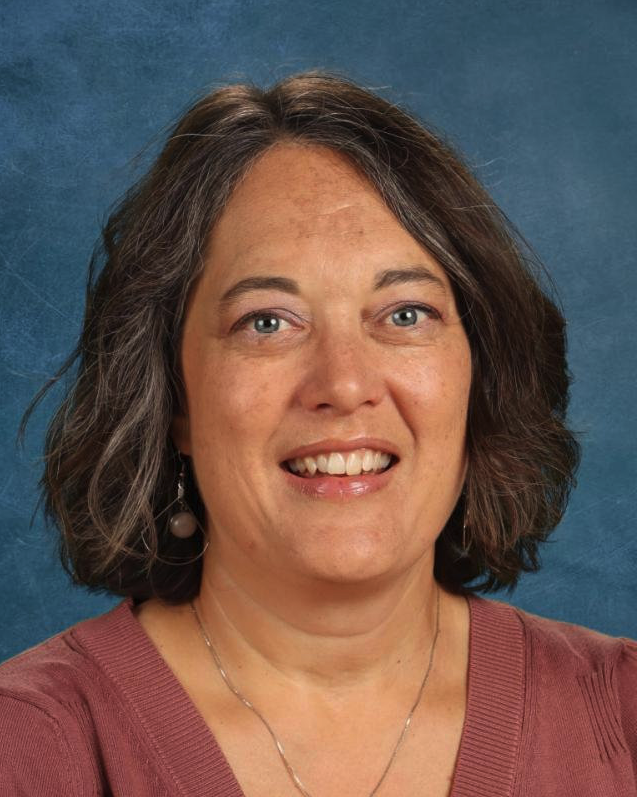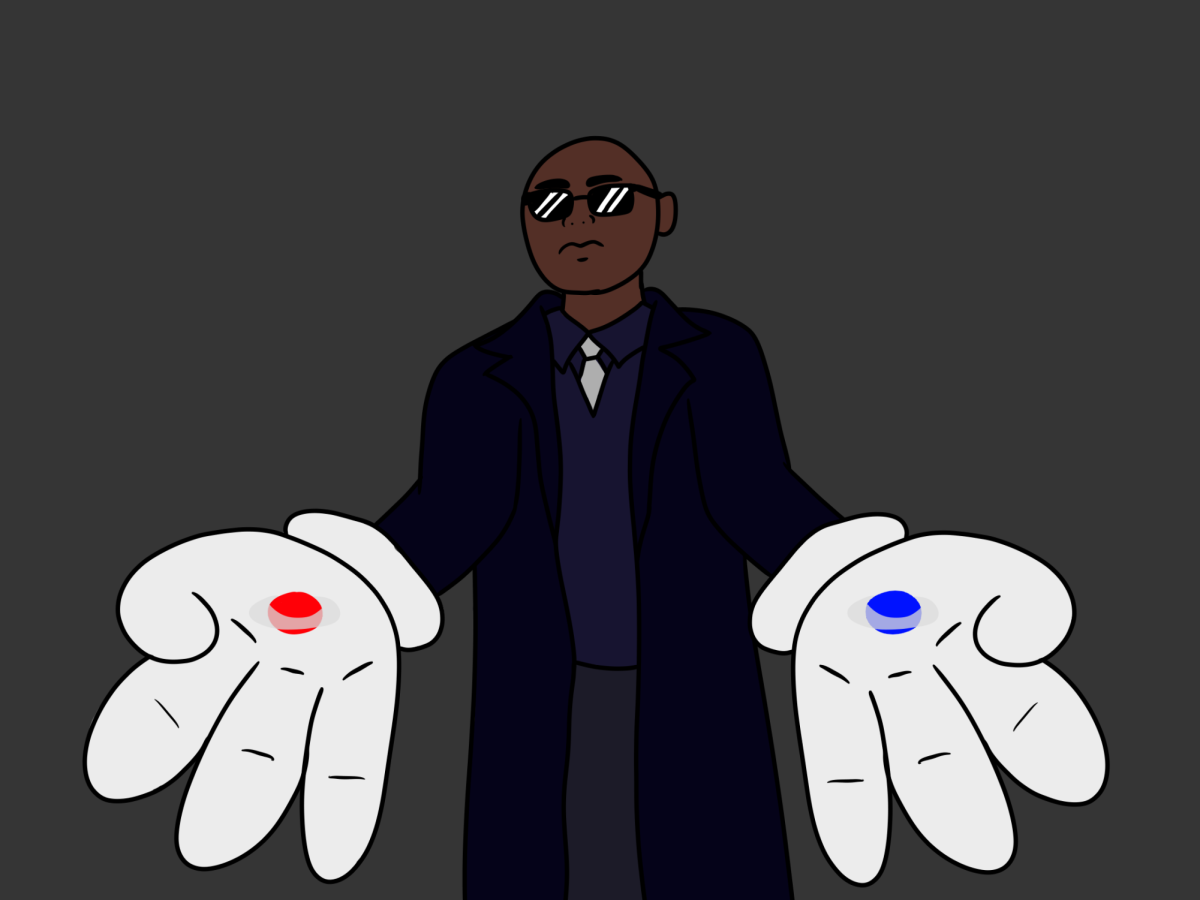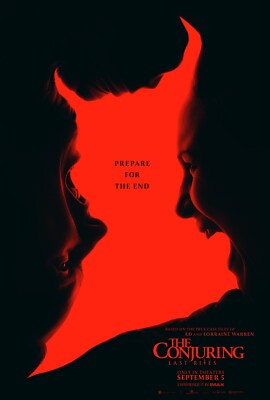The Christmas tree, a longstanding symbol of community and cheer, has had a long history. Originating from Pagan traditions by Germanic and Scandinavian peoples, it was incorporated into Christmas and became popular among German Lutherans around the 18th century. German settlers then brought over the practice to the United States. Albert Lea has also had its fair share of Christmas tree traditions, beginning in the 19th century.
From the mid 1800s, when Freeborn County was created, most churches had put up Christmas trees in their buildings for the public. The first major outdoor Christmas tree was put up in 1912 on the intersection of Broadway and William Street. The tree was a huge hit, especially with the children, who got free gifts of candy and fruit.
In the 1920s, the tree’s location was moved to Fountain Lake Park at the North end of Broadway. This tree was joined with another tree put up on the south end of Broadway and 7th Street. Unfortunately, this tradition stopped in the late ‘50s and early ‘60s because of three factors: a change in the street layout that cut into Fountain Lake Park, the ceasing of putting up a tree on the south end of Broadway and vandalism that included stealing light bulbs from the trees.

(Photo Submitted by History Center of Freeborn County)
Even though Albert Lea doesn’t have a tree on Broadway anymore, or that ALHS no longer has a tree of its own, there are still other events that can spread the joy of Christmas trees. The Albert Lea Art Center hosts the Festival of Trees every December, where citizens and local businesses can decorate a tree. This year the Festival is open until December 28 and admission is free. My mother is Treasurer for the Humane Society, and she helped put up its tree, which is decorated with cute pictures of the adoptable cats and dogs at the shelter. I would recommend going to the Festival for anyone who is able to. The Festival of Trees is just one way that the tradition of Christmas trees is being continued in Albert Lea.
Thank you to the Freeborn County Historical Museum for providing both the information and pictures for this article. For more information, visit their website at https://www.fchmmn.org.\

![“This [photo] is basically the same area,” said science teacher Todd Mikkelsen. “So that [the cover photo] was my photo at dusk. Here it is at night time and there’s something jetting up out of the ground. So it’s the same location, different dates, two different cameras picked up an anomaly in the same region.”](https://www.ahlahasa.com/wp-content/uploads/2025/09/Ghost-Cover-1200x901.png)


